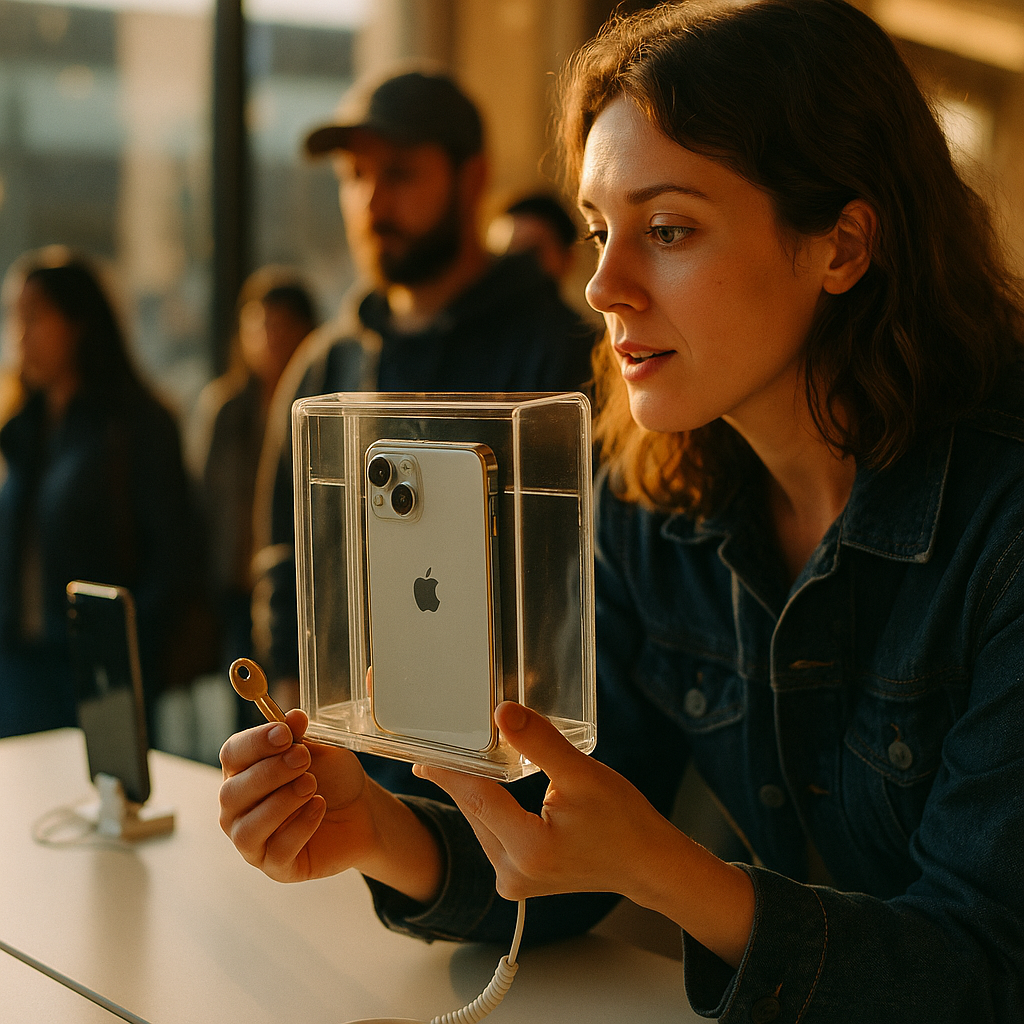The psychology of “scarcity” and “exclusivity” in creator-led launches reveals why limited-access products ignite consumer desire. As digital creators increasingly harness human behavior to drive demand, understanding these triggers is a game-changing advantage. So, how do scarcity and exclusivity work together to make launches irresistible and boost conversion rates? Let’s break down the science—and strategy—behind these powerful tactics.
Scarcity Principle: The Psychological Trigger Behind High Demand
Scarcity isn’t just a marketing buzzword; it’s a potent psychological driver rooted in human nature. The scarcity principle asserts that people assign more value to opportunities, products, and experiences that are perceived as rare or fleeting. In creator-led launches, this means limited-edition merchandise, pre-sale windows, and capped memberships can trigger a “fear of missing out” (FOMO), increasing the likelihood of rapid decisions.
Researchers at the University of Alberta found that products labeled as “scarce” saw an average 35% increase in perceived value and desirability among consumers. Online creators can authentically leverage this by:
- Announcing limited quantities (e.g., only 500 available)
- Setting hard launch cut-off dates
- Offering time-limited bonuses for early buyers
These tactics tap into deep-seated psychological responses—compelling customers to act before the opportunity disappears.
Exclusivity: Creating Belonging Through Limited Access
Exclusivity in creator launches offers more than just restricted supply; it crafts a unique experience only available to select individuals. Humans have an intrinsic desire to belong to elite groups. By introducing “invite-only” cohorts or VIP-level access, creators make buyers feel special and valued.
This emotional appeal builds loyalty. A 2025 survey by Statista found that nearly 70% of digital consumers cited “feeling part of something exclusive” as a reason for purchasing from creator-driven launches. Establishing exclusivity can involve:
- Private communities for early adopters
- Members-only content streams
- Personalized communication from the creator
When audiences feel included in an exclusive circle, they not only convert more readily—they also become enthusiastic brand advocates.
Combining Scarcity and Exclusivity for Launch Success
The most effective launch strategies fuse scarcity and exclusivity, amplifying psychological triggers for conversion. When creators announce “limited spots available only for subscribers” or “first 100 buyers receive special perks,” they incentivize quick action and elevate brand prestige.
Case studies from leading creators in 2025 demonstrate a pattern: launches that blend both elements consistently outperform those that don’t. For example, a popular online educator sold out a $497 course in under three hours by limiting seats and providing invite-only Q&A sessions. This dual strategy:
- Drives urgency (scarcity)
- Enhances perceived value (exclusivity)
- Encourages faster, more committed purchasing
The combination is especially powerful in the crowded digital landscape, where standing out is crucial to success.
Ethical Considerations: Authenticity in Scarcity and Exclusivity
Ethics in creator marketing matter more than ever in 2025. Overusing artificial scarcity or making false exclusivity claims erodes trust and damages reputation. The key to maintaining credibility—and audience loyalty—is authenticity. Only implement limits or VIP offers if they’re genuine.
Here’s how creators can stay ethical while deploying these tactics:
- Declare actual sources of limitation (e.g., “hand-signed editions” or “limited production capacity”)
- Avoid manipulative language or false urgency (“selling out soon” when stock is abundant)
- Be transparent about selection criteria for exclusive groups
Clear, honest communication not only sustains trust but can elevate your launches above less scrupulous competition.
Actionable Strategies for Implementing Scarcity and Exclusivity
To maximize results with scarcity and exclusivity in launches, creators must design thoughtful, evidence-backed campaigns. Consider these expert-recommended approaches:
- Segmented Early Access: Reward loyal followers with early-bird opportunities or previews.
- Tiered Releases: Structure launches with multiple access levels, from general availability to VIP exclusives.
- Authentic Limitations: Clearly state the factual reasons for any caps, such as “limited studio time” or “physical fulfillment constraints.”
- Community Perks: Build exclusive groups or forums that add ongoing value beyond the purchase itself.
- Transparent Communication: Preemptively address why limits exist and communicate the benefits of exclusivity in clear, positive language.
Combining these methods strengthens conversion rates, deepens customer relationships, and fosters long-term loyalty in the creator economy.
FAQs: The Psychology of Scarcity and Exclusivity in Launches
- How does scarcity impact buyer behavior?
Scarcity triggers urgency, making consumers more likely to purchase quickly to avoid missing out. This effect is especially strong in limited-time or limited-supply launches. - Is it ethical to use scarcity in marketing?
Yes, when scarcity is real. Ethical practice requires transparent communication about why items or opportunities are limited, avoiding manipulation or exaggeration. - What makes exclusivity so powerful for online creators?
Exclusivity appeals to customers’ desire for belonging and status. When buyers feel part of an elite group, they’re more engaged and loyal to the creator. - How can creators combine scarcity and exclusivity effectively?
Blending genuine limited availability with invite-only or members-only experiences creates intense demand, motivating quicker purchase decisions and deeper brand connection. - Can overusing these tactics backfire?
Absolutely. Overusing false scarcity or exclusivity breeds skepticism and loss of trust. Authenticity is essential for long-term success and loyal communities in 2025.
In summary, the psychology of “scarcity” and “exclusivity” in creator-led launches taps into powerful, primal drivers of consumer action. When deployed authentically and ethically, these tactics fuel conversion, loyalty, and sustainable growth in the creator economy. Use them wisely to see remarkable results in your next launch.
